The Ghibli Effect: AI, Art and it’s impact in 2025

VoB Bulletin 6th Issue
November 17, 2024
VoB Bulletin 7th Issue 2025
May 21, 2025By this time, your newsfeed may have been flooded with those adorable, dreamlike versions of people’s images- thanks to the Studio Ghibli style trend. Just a few clicks and boom- a smooth transition from the real world to a magical one. It’s the power of artificial intelligence which just requires a few prompts to create complex and compelling images within minutes.
Table of Contents
But what is this Studio Ghibli Art Style?

Studio Ghibli is a renowned Japanese animation studio, co-founded by Hayao Miyazaki and Isao Takahata, known for its breathtaking hand-drawn animation and emotionally rich storytelling. Ghibli’s art style is instantly recognizable—filled with lush, dreamy landscapes, soft color palettes, and intricate details that bring even the simplest scenes to life.
This iconic style has now become a popular aesthetic for AI-generated images offered by OpenAI’s latest update where people feed real-life moments into AI tools and receive images that recreate Ghibli’s warm, gentle atmosphere. Well, you can also try Grok AI and Google’s Gemini.
Yet beneath the surface of this digital magic lies a pressing question. As AI effortlessly mimics distinctive artistic styles like Studio Ghibli’s, the boundary between human creativity and machine-generated art gets blurry.
Celebrating innovation or unknowingly eroding artistic originality?
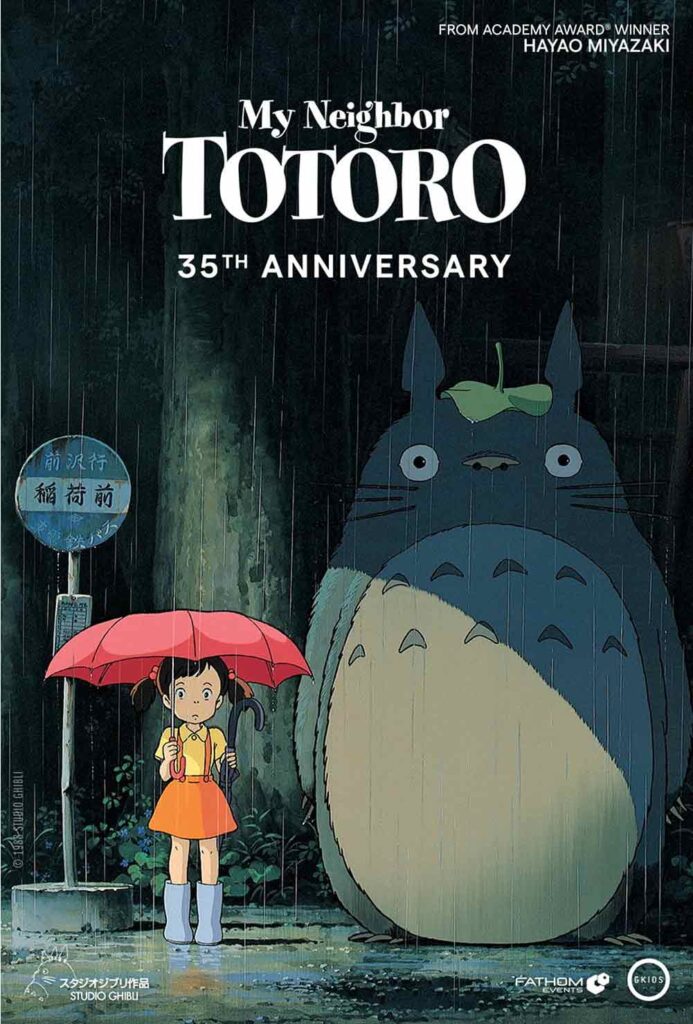
Miyazaki, one of the visionary creators of the aforementioned artworks, famously described this AI generated images as “an insult to life itself”. Several other artists have also voiced their concerns over artificial intelligence copying the styles of original artists, as they believe this prompt generated art can feel like a shortcut that undermines years of dedication, emotion and personal evolution.
Violation of intellectual property rights: Where does AI stand in this?
Aside from copying original creations, the question arises whether artificial intelligence replicating distinctive characteristics such as Studio Ghibli’s art style, counts as copyright infringement or not. After all, in reality, styles are not protected the same way as original content is. Addressing this gray area has become urgent as many artists argue that their creative identity, their unique visual language has been taken away without any credits or compensation.
According to an article published in Harvard business review, generative AI such as Midjourney, Stable diffusions have created their models consisting of more than six billion tagged images, and is known to include a significant number of copyrighted creations. Several lawsuits have also been filed against OpenAI and Imagen by Google, placing these AI image generators at a questionable position.
The Economic Impact on Artists
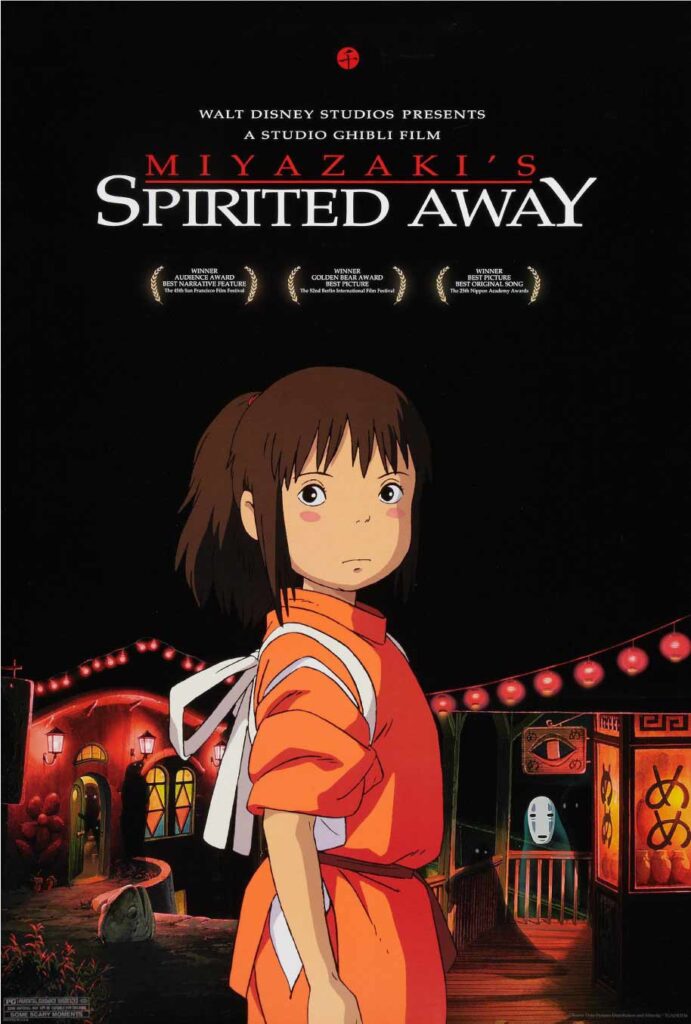
For freelancers, illustrators and independent small creators, the rise of AI has introduced a tough reality. The creative empowerment of making art accessible to everyone has heavily impacted them as clients, once who paid for original handcrafted work are turning towards AI tools that are cheaper and faster.
Many artists are reporting a decline in commissions as companies and individuals tend to prefer speed over creativity. This shift is not only affecting income streams of visual artists but also taking away from the perceived value of human made art.
A quote that’s been circulating widely among artists captures the frustration perfectly:
“I wanted AI to do my dishes while I sit back and do my art, not the other way around”
Where do we draw the line?
Presently, AI generated images sit at a complicated crossroad. On one hand, it allows anyone to create stunning visuals within a few clicks, while on the other hand, it is severely challenging the value of human made art and threatening the livelihood of artists who have spent years honing their craft.
The question nowadays should not revolve around whether AI is a part of the creative world; as it has made quite a space for itself. However, the challenge lies whether innovation can be ever developed by maintaining the integrity which does not pose a threat on real artists.
For centuries, art has been about the heart of the soul behind the creation, not just the final image. Therefore, it is our responsibility to shield the creative expression of artists and not get lost in the sea of algorithm generated beauty.
Author: Fatema Tuz Zohora, Senior Writer | Editorial, Voice of Business
Visual: Nahidul Islam Sakib, Associate I Publications, Voice of Business
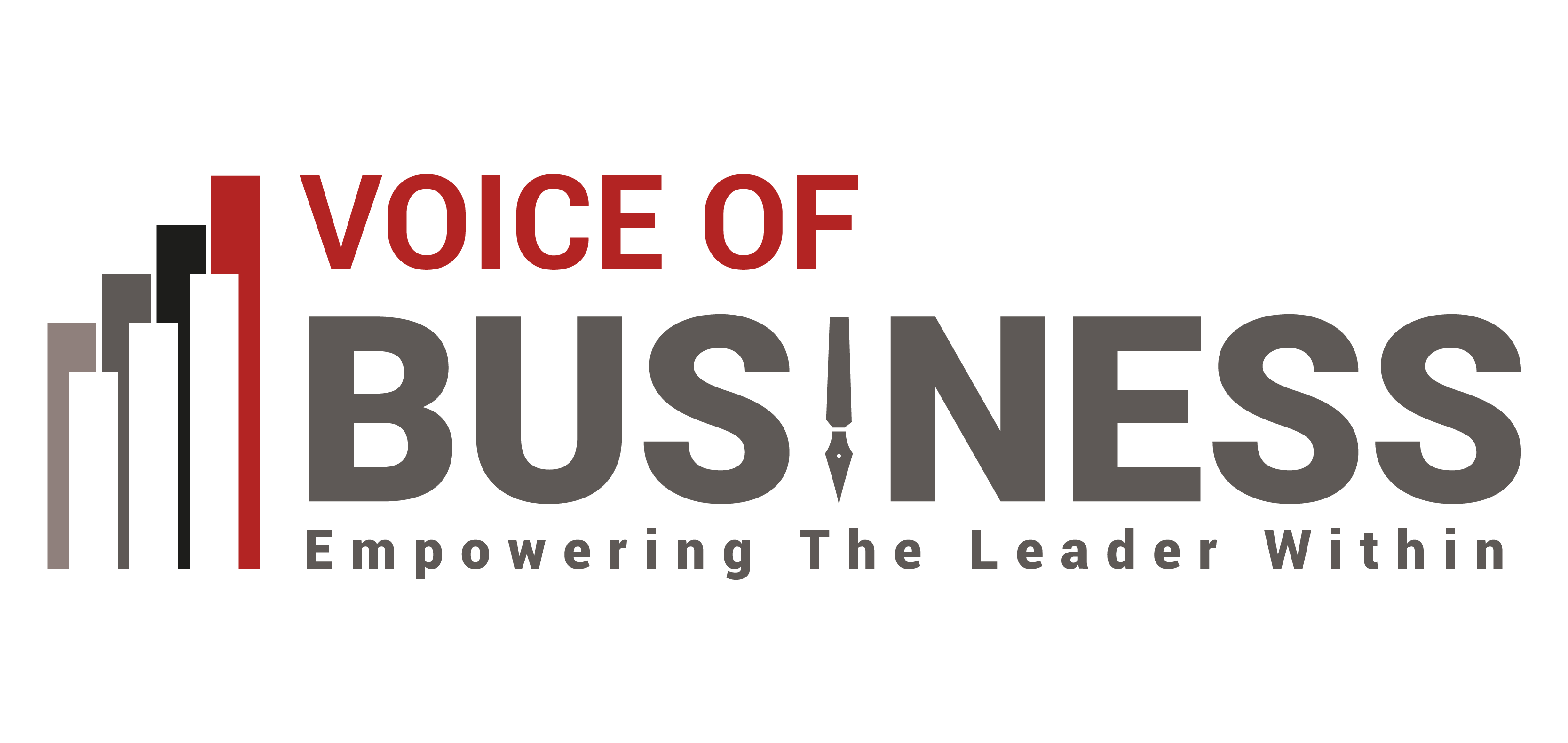
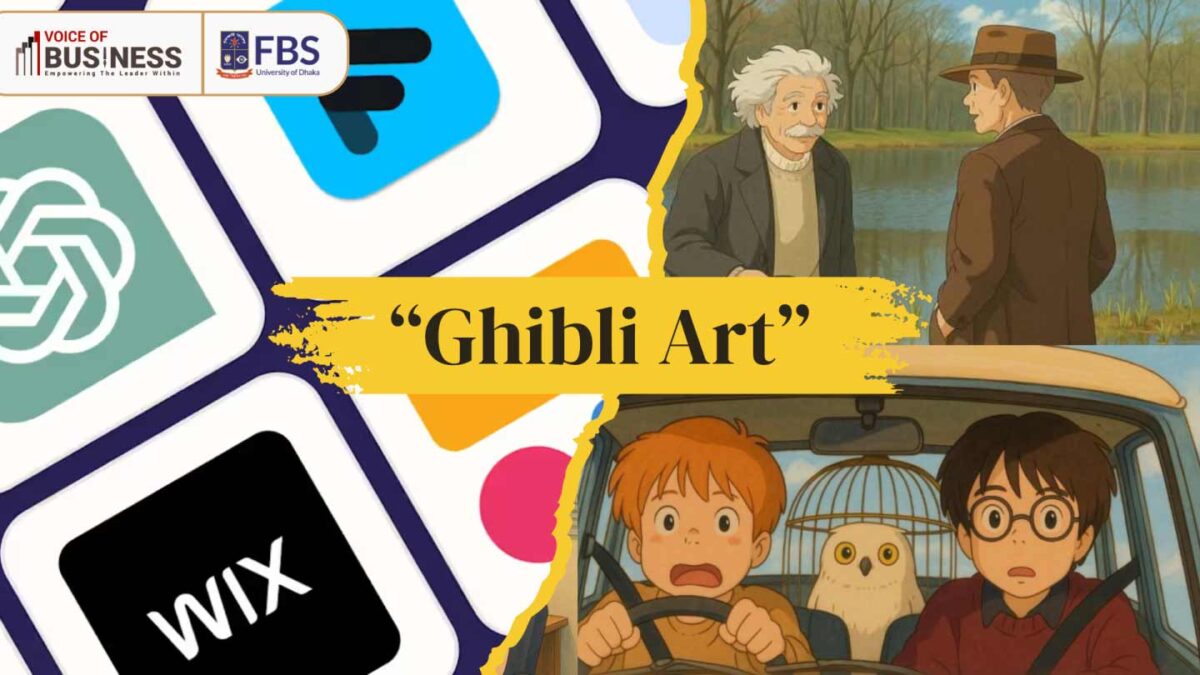
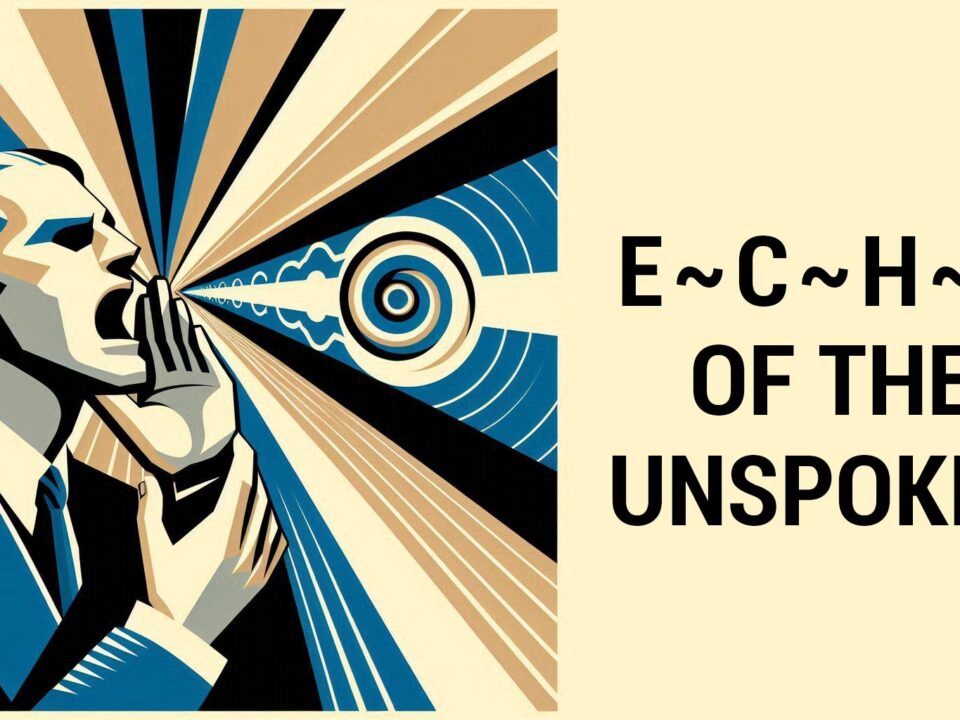
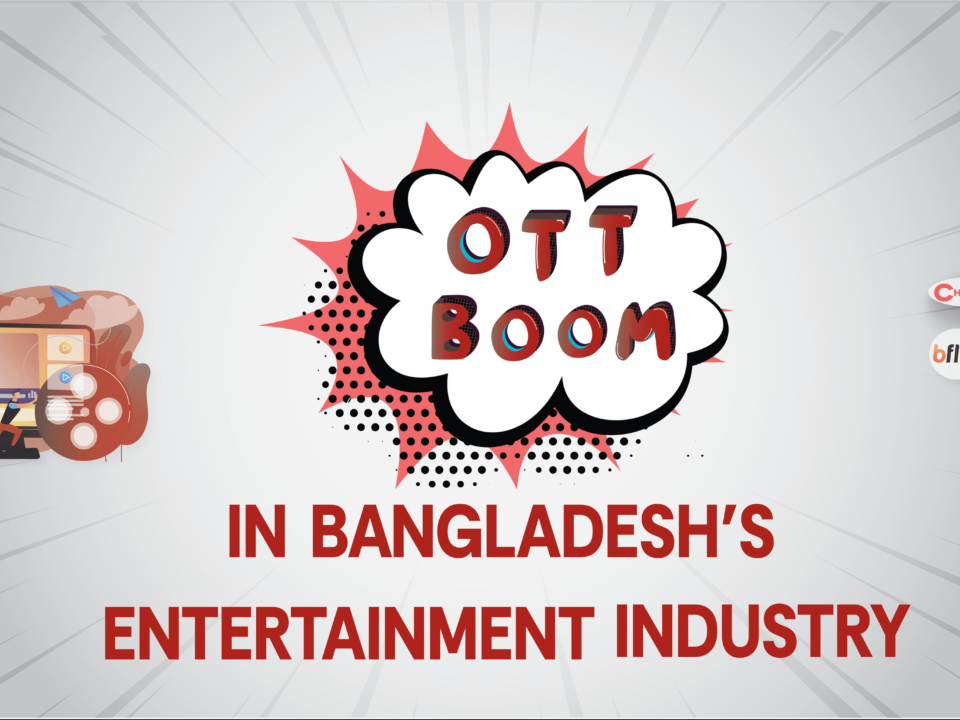

1 Comment
Great read! The Ghibli effect makes valid points regarding the impact of AI on the originality in art and intellectual property. It’s essential to strike a balance between innovation and the maintenance of human-created art.